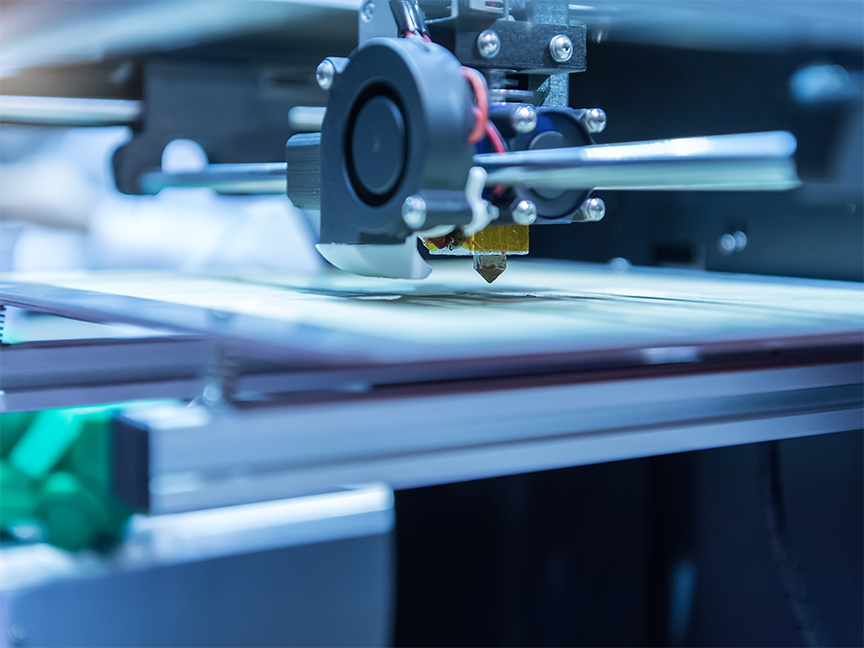
Even before the pandemic changed everything about moving goods, traditional supply chains had trouble keeping up with market demands. The modern consumer’s desire for personalized experiences and quick technological transformation clashed with the reality of economy-of-scale products built in facilities an ocean away. Neither this distance nor scale allows for agility. This lack has become even more obvious over the last few months.
Now, however, emerging manufacturing-as-a-service (MaaS) platforms are presenting an opportunity for adding that agility back into the supply chain. In the process, MaaS might provide the solution to some recent supply chain management problems made worse by the pandemic. Additionally, the technique can often enhance products’ marketability by decreasing their environmental impact through shorter supply chains.
What Is MaaS?
MaaS moves contract manufacturing one step further: to the cloud. Using digital platforms, companies can provide users with transparency throughout every production stage via an online platform. They can understand where their orders are, starting with design and prototyping and moving through initial ordering to final delivery.
Additionally, cloud-based platforms offer users the ability to see design change impacts immediately. This allows real-time insight into how simple changes can increase or decrease costs or delivery time. And unlike traditional contract manufacturing, MaaS supports prototyping runs as low as a single unit, but can also offer runs of thousands using the same manufacturing partner.
MaaS is a growing industry, driven in part by consumer demand for increasingly individualized and complex products with shorter life cycles. It has been made possible by technologies such as artificial intelligence, 3D printing and integrated data technologies.
Traditional supply chain management struggles with communicating beyond company boundaries. And while technologies like blockchain promise a future transparent supply chain with decentralized, secure ledgers, this reality is still far away. Meanwhile, more MaaS platforms become available every day, with transparent cloud-based communication built in.
Using MaaS, companies like Xometry, Macrofab and ProtoLabs leverage the efficiency and speed of large supplier networks. Xometry, which focuses on computerized numerical control (CNC), 3D printing and injection molding, uses an AI platform to match job specifications with its manufacturing network capabilities. Macrofab, which focuses on printed circuit board production, works in much the same way. Both companies use their manufacturer network to ensure that the work is produced with lower costs and shorter lead times, while still meeting quality standards.
This capability can significantly reduce risk, by offering the user a single responsible partner that has the same power as a full network of manufacturers. Supply chain management professionals can place an order with that partner without worrying about manufacturing capacity or capabilities. Instead, the MaaS partner becomes responsible for matching the job with the right manufacturer within its network, as well as ensuring end quality. This allows them to work with a single supplier. Further, if a non-disclosure agreement is required, it’s typically executed with MaaS, reducing paperwork.
As an added bonus, companies can often choose a facility closer to their own end users, shortening delivery costs and times. Xometry and Macrofab work with suppliers across North America, eliminating transcontinental shipping to North American markets altogether.
Scalability in the Model
As freight bills continue to rise, smaller firms may see MaaS scalability as a way to steer around the current logistic chaos.
Unlike shipping giants like Amazon.com and Walmart, small companies can’t bypass harbor delays through privately chartered cargo ships. But they can choose to avoid the delays altogether by reshoring parts of their supply chain.
In the past, however, reshoring has proved difficult for those looking to keep production costs down. Cost aside, finding locally available labor with technical expertise, a manufacturing facility with the proper equipment, and the ability to scale up production without an output gap, seemed impossible.
With current shipping costs factored in, MaaS begins to make economic sense. Throw in additional costs incurred by delays and missed production deadlines, and it becomes more appealing. Meanwhile, MaaS companies can naturally scale up as needed, using pre-existing manufacturing facilities with an in-place trained labor force.
As a final benefit, shorter supply chains from MaaS companies can have a positive environmental impact. According to Oceana.org, international shipping is responsible for 3% of global carbon dioxide emissions. At the same time, McKinsey notes of companies responding to a 2021 survey, 40% find value in sustainability initiatives. This includes employee retention and meeting customer expectations.
Twenty-first century supply chains have optimized to keep everything moving: goods go in one door and promptly out another. Yet Taiichi Ohno’s original just-in-time (JIT) delivery philosophy was built using suppliers that are just miles away, rather than an ocean apart.
It is this distance built into modern supply chains that resulted in zero resiliency when consumer demand returned mid-pandemic. Manufacturing as a service keeps the speed of JIT but reduces risk, and returns the contemporary JIT supply chain closer to its original intent: keep sourcing as close as possible.
Marla Keene is a content writer and marketer for AX Control, Inc.







